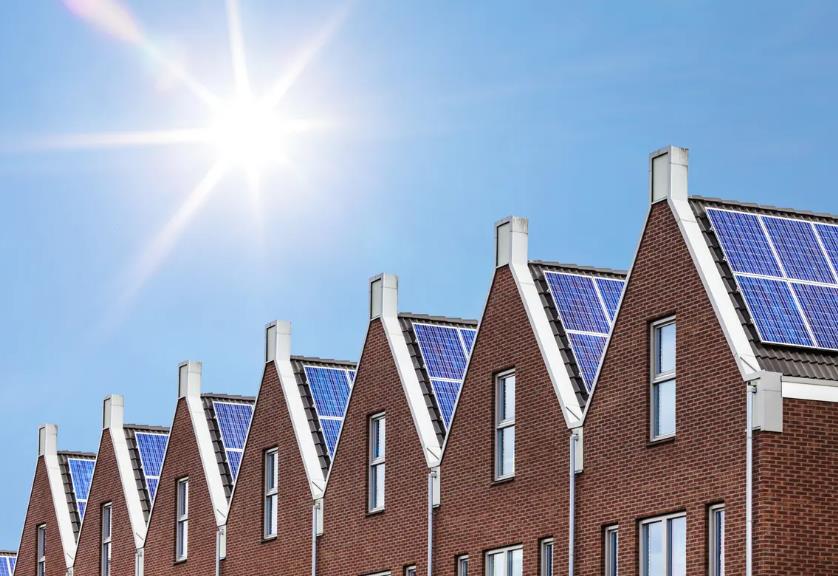A team of researchers from the University of Maryland has developed a novel glass coating that can reflect solar radiation and emit heat into space, reducing the need for air conditioning and lowering carbon emissions.
The new glass coating, which was reported in a paper in the journal Science, works in two ways:
- It reflects up to 99% of solar radiation, preventing buildings from absorbing heat during the day.
- It emits heat in the form of longwave infrared radiation into the cold depths of space, where the temperature is around -270°C, or just a few degrees above absolute zero.

This process, known as radiative cooling, takes advantage of the atmospheric transparency window, a part of the electromagnetic spectrum that passes through the atmosphere without boosting its temperature. By using this window, the glass coating can dump large amounts of heat into the infinite cold sky beyond, cooling down the material beneath it by 3.5°C at noon.
Radiative cooling is not a new phenomenon, as it also allows the Earth to cool itself, especially on clear nights. However, the new glass coating developed by the UMD researchers enhances this effect by maximizing the emission of infrared heat while minimizing the absorption of sunlight.
The Benefits of the Cooling Glass
The cooling glass coating has several advantages over conventional cooling methods, such as air conditioning, which consume a lot of energy and contribute to global warming. According to the UMD researchers, the cooling glass coating has the potential to reduce a mid-rise apartment building’s yearly carbon emissions by 10%.
The cooling glass coating is also environmentally stable, meaning that it can withstand exposure to water, ultraviolet radiation, dirt, and even flames. It can endure temperatures of up to 1000°C, making it suitable for various climates and applications. The glass coating can be applied to a variety of surfaces, such as tile, brick, and metal, making it highly scalable and adoptable for wide use.
The UMD researchers used finely ground glass particles as a binder, allowing them to avoid polymers and enhance the long-term outdoor durability of the glass. They chose the particle size to optimize the optical properties of the glass, such as reflectance and emissivity.
The Implications of the Cooling Glass
The development of the cooling glass coating aligns with global efforts to cut energy consumption and fight climate change, which is one of the most pressing challenges of our time. According to recent reports, this year’s Fourth of July fell on what may have been the hottest day globally in 125,000 years
The UMD researchers hope that their innovation will help mitigate the effects of rising temperatures and create a more sustainable and comfortable living environment for people around the world.
“This ‘cooling glass’ is more than a new material – it’s a key part of the solution to climate change,” said Liangbing Hu, a distinguished university professor in the Department of Materials Science and Engineering and the lead author of the study.
The UMD researchers are now working on scaling up the production of the cooling glass coating and testing its performance in real-world settings.
